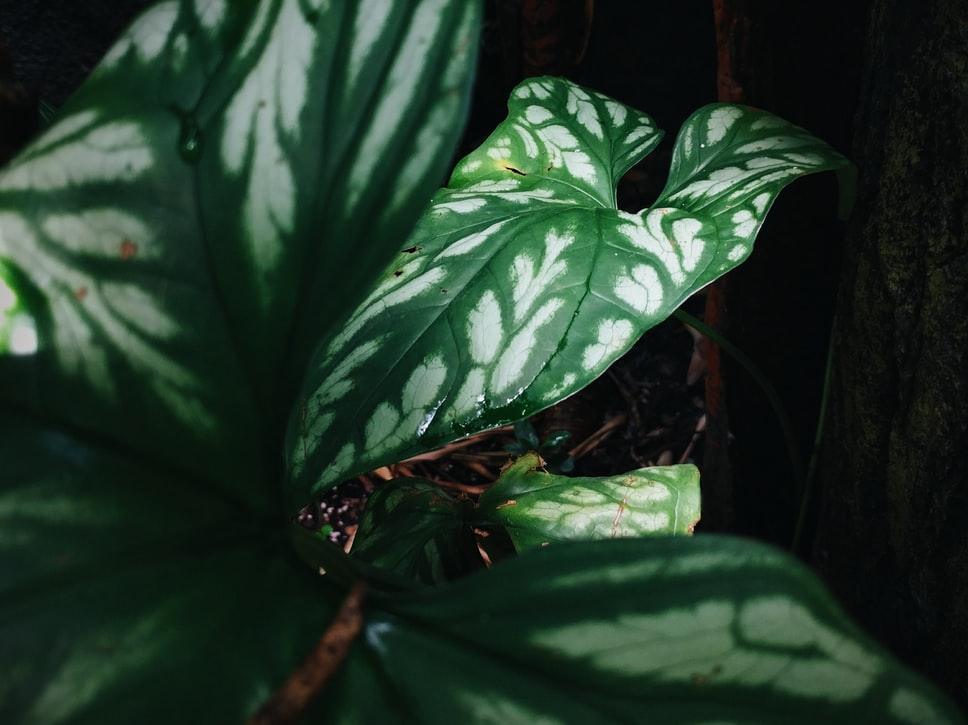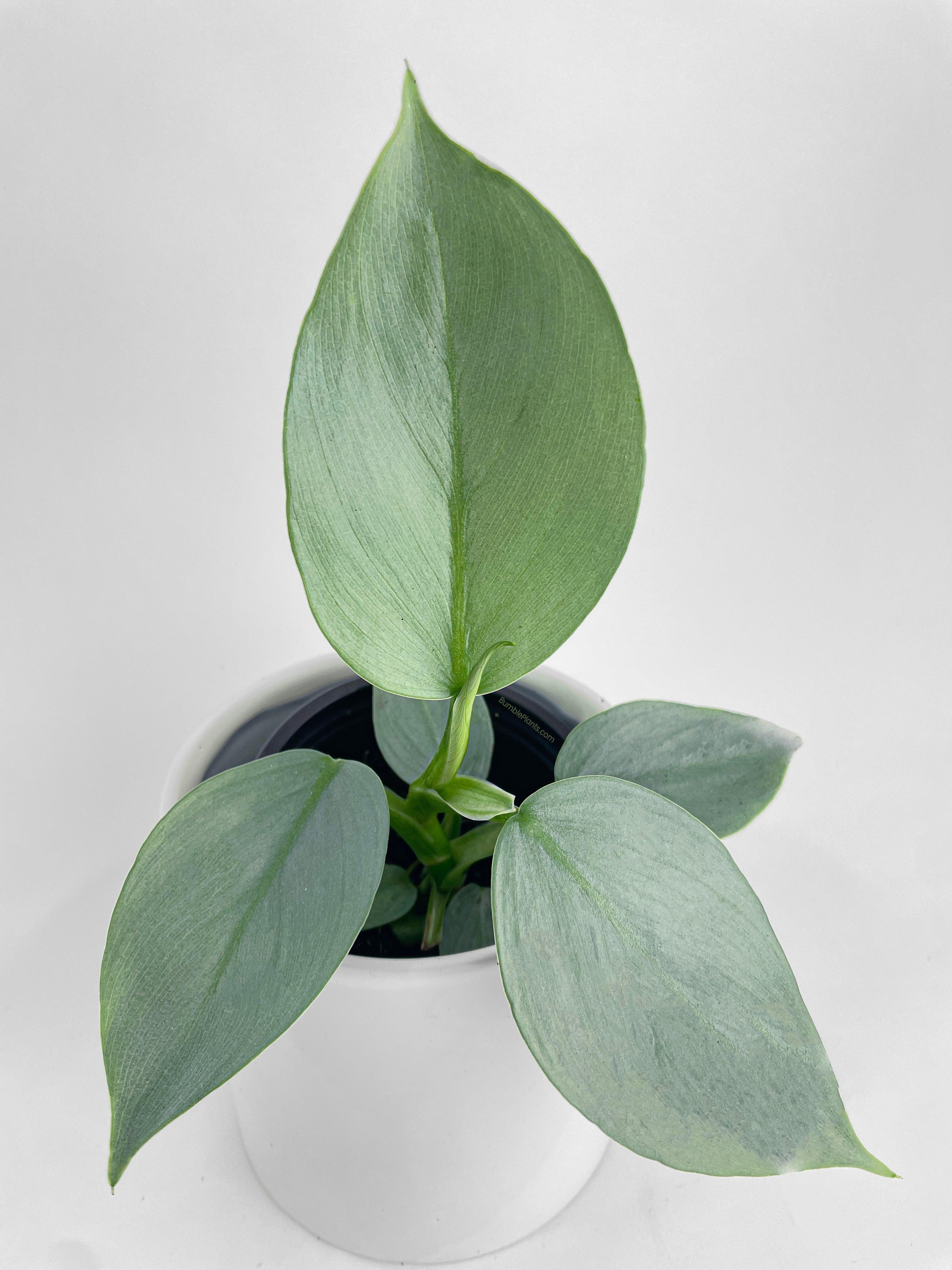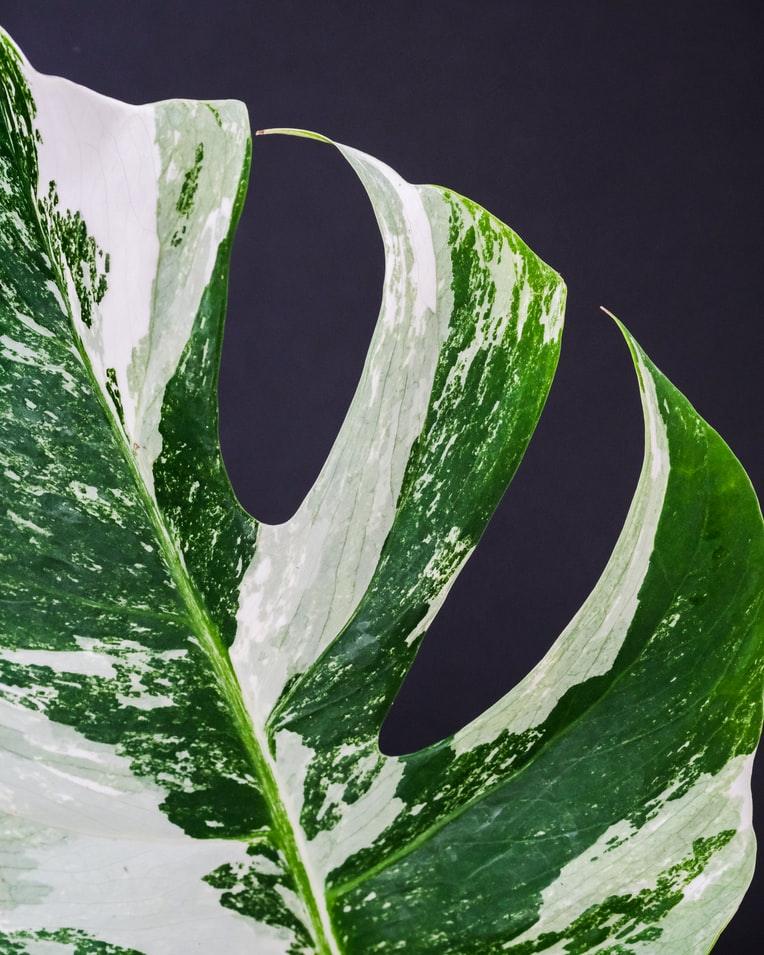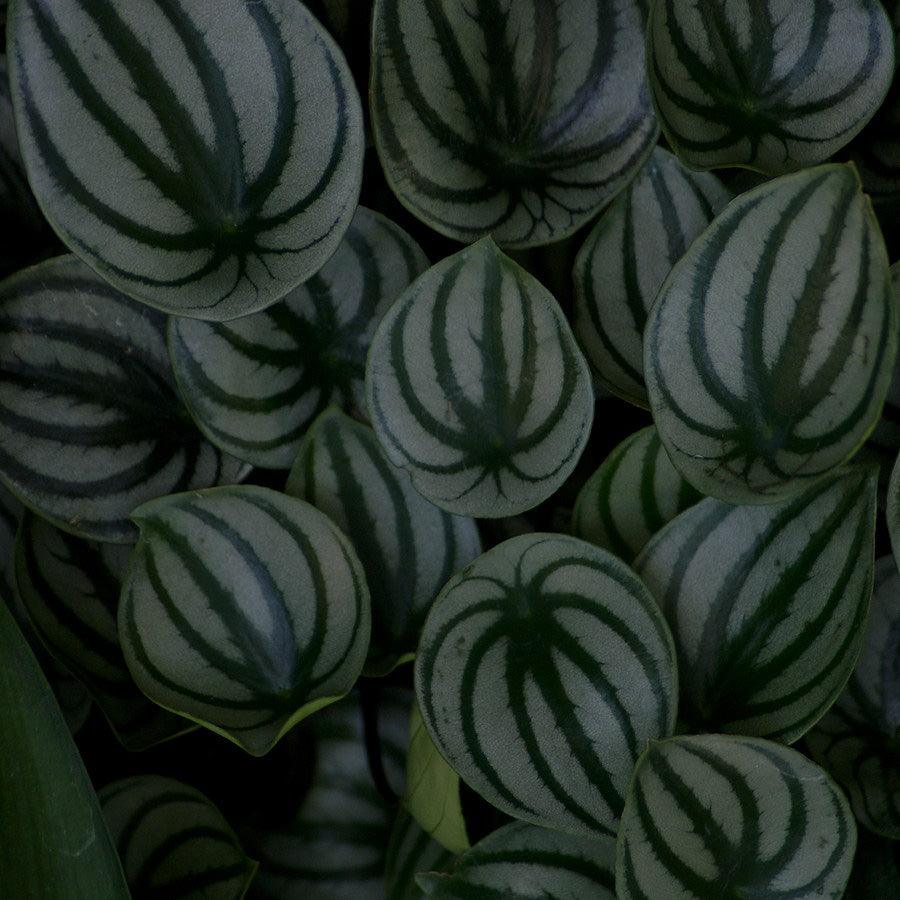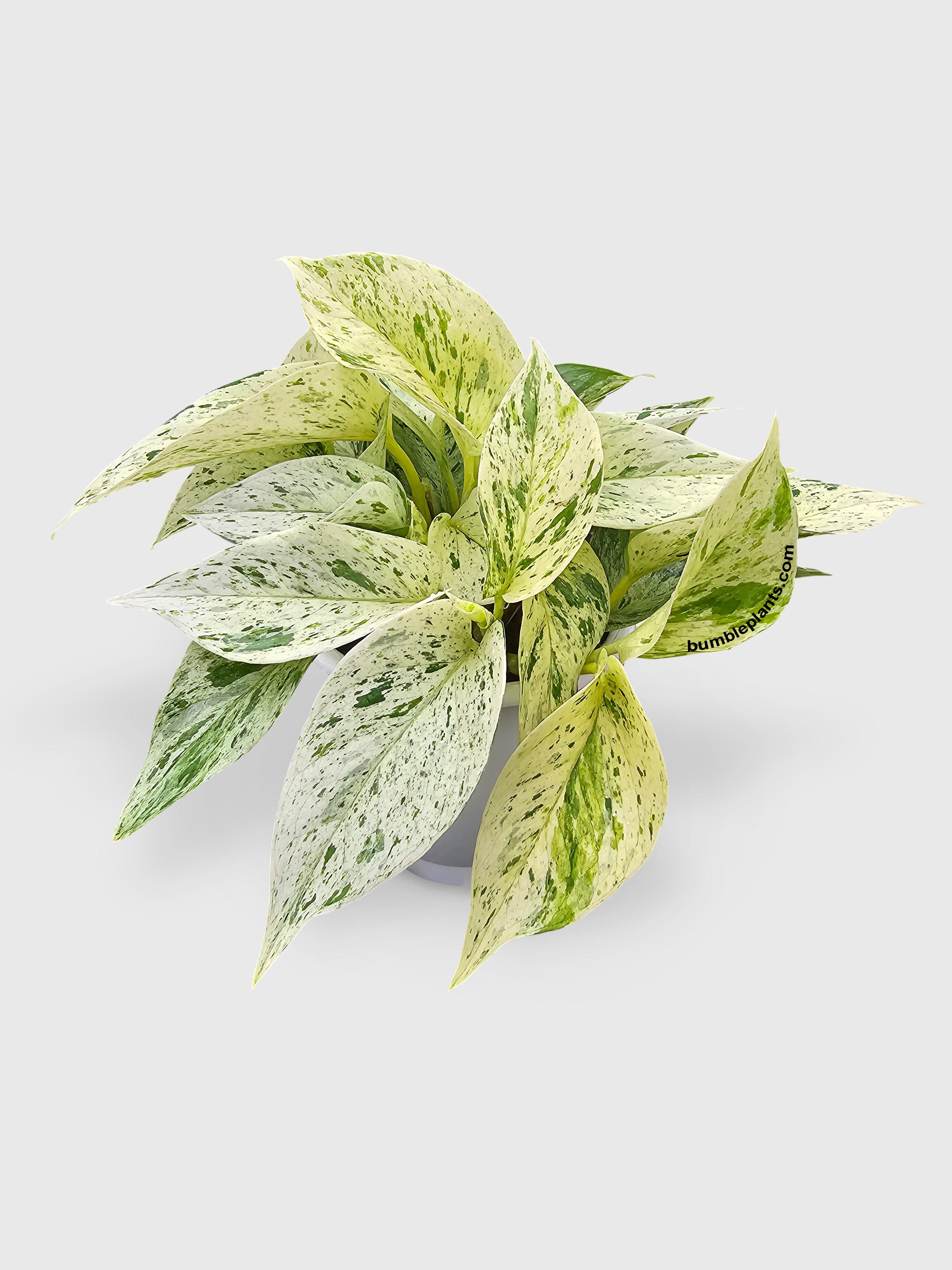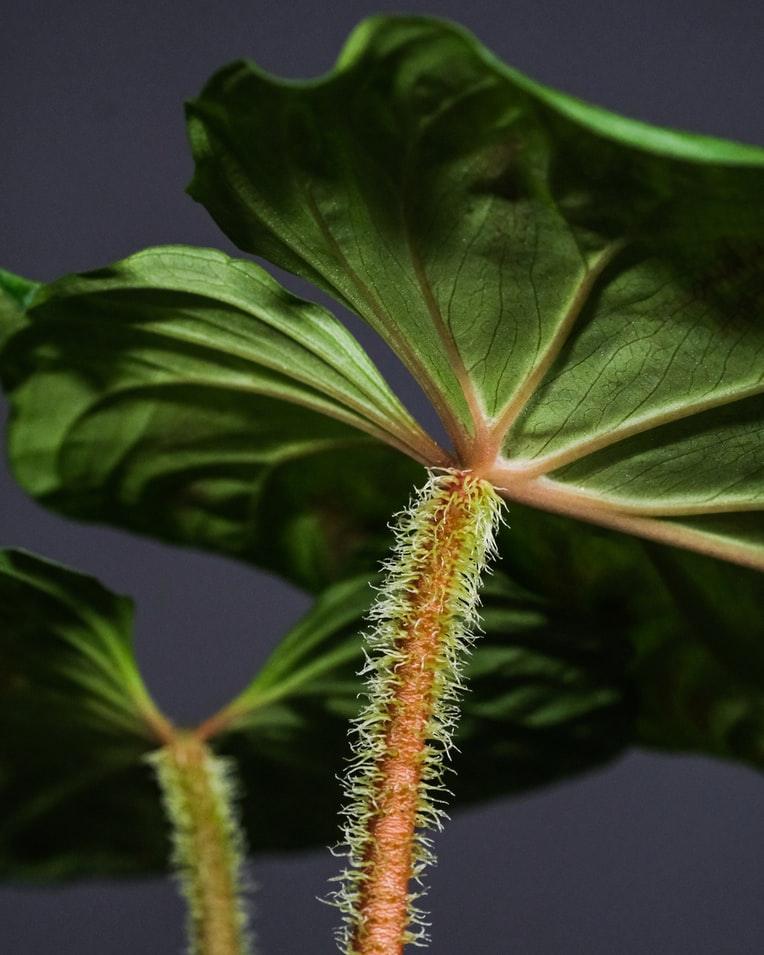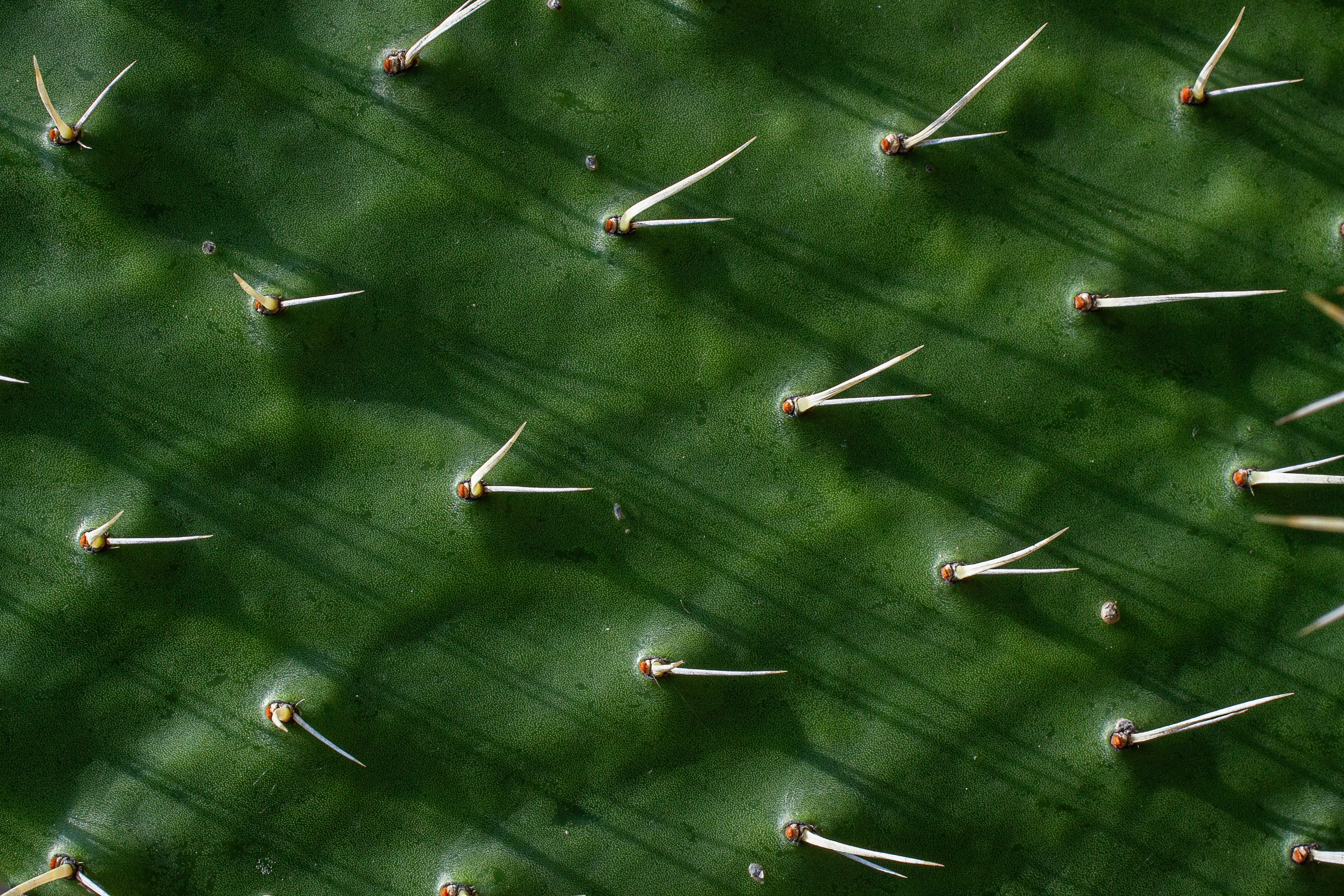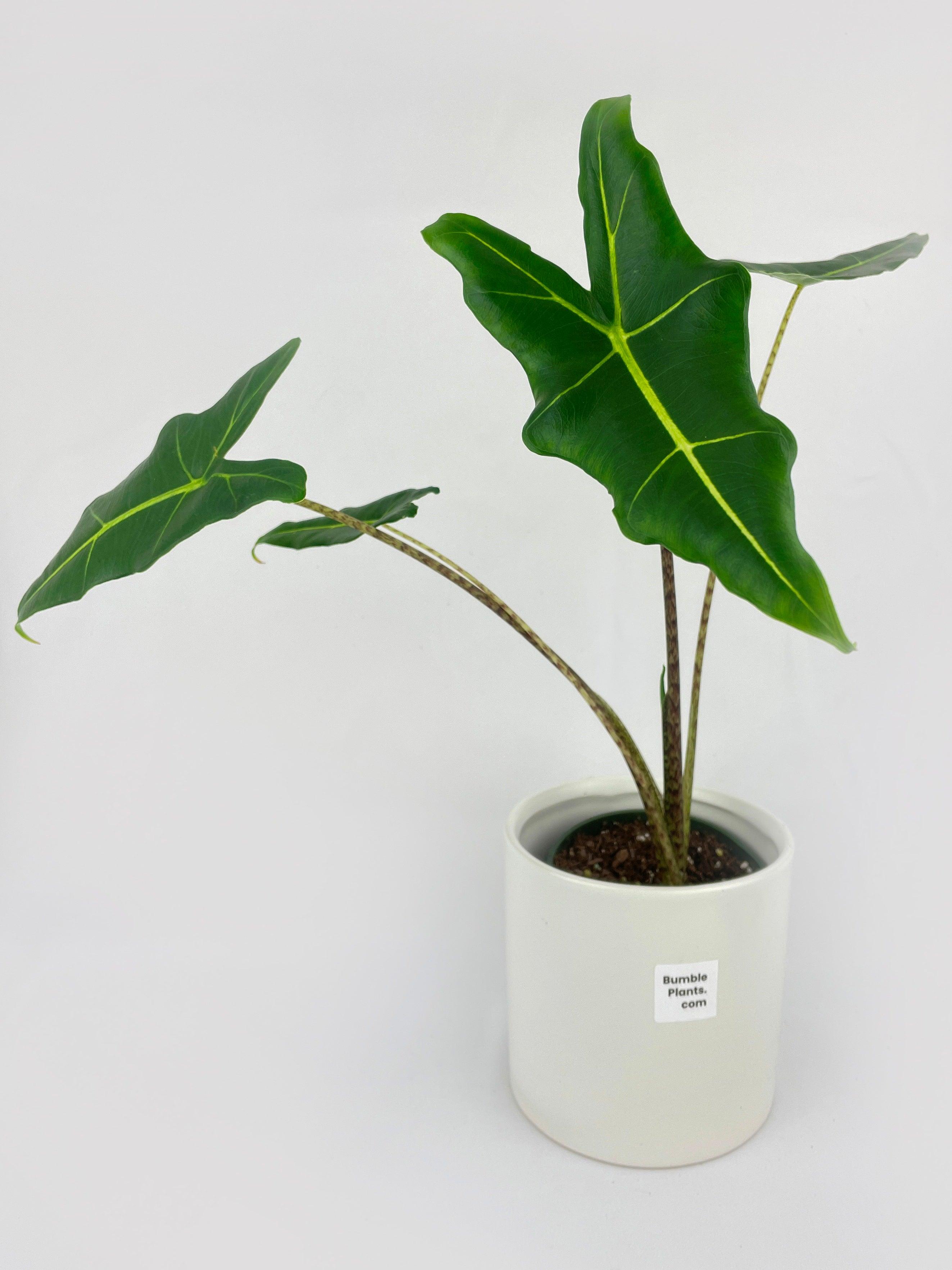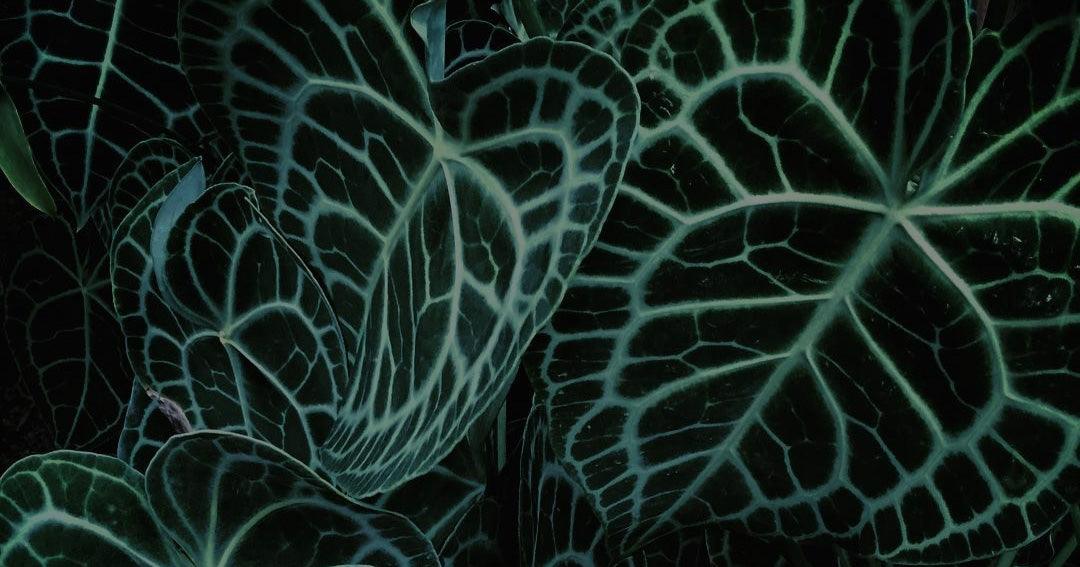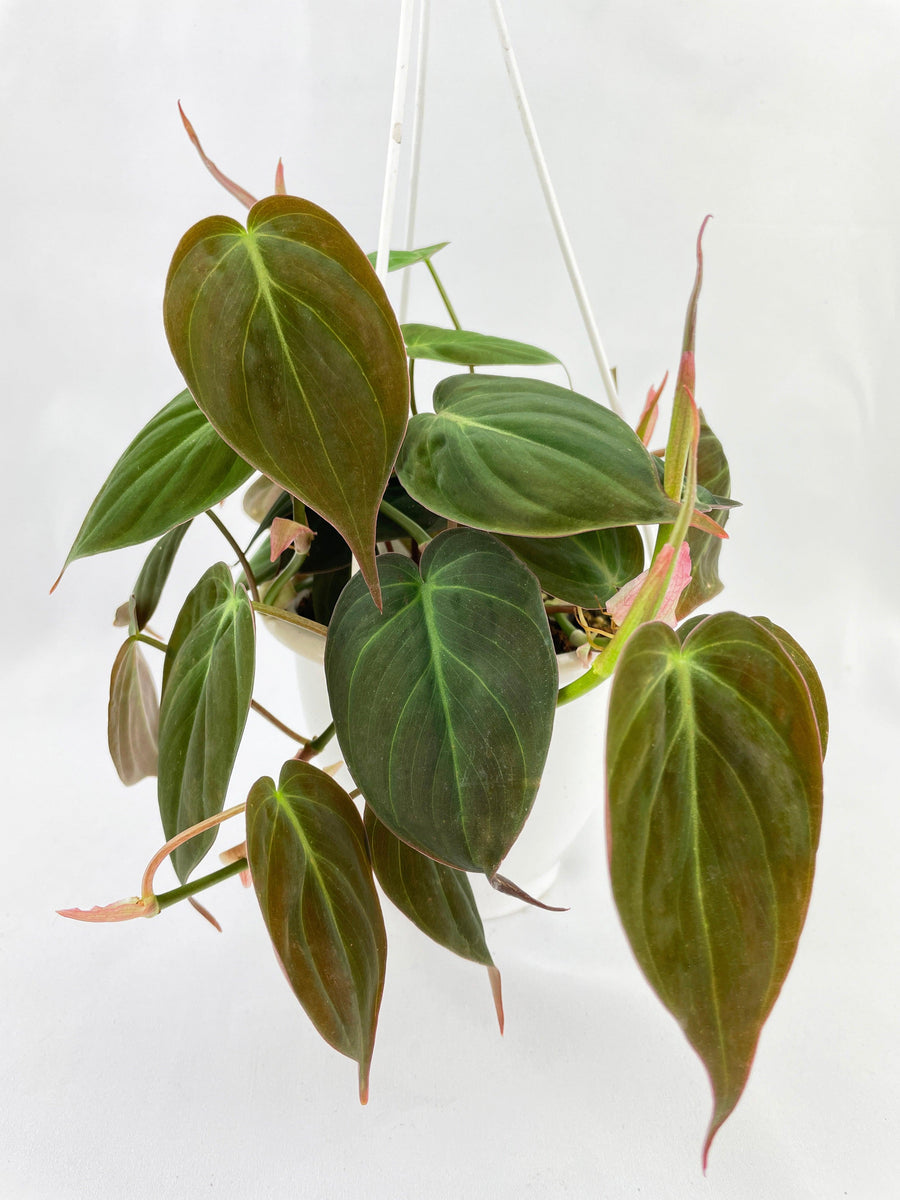A Guide to Diversity of Ferns: Exploring Different Aspects
Ferns, with their unique fronds, offer a fascinating glimpse into the rich tapestry of our natural world. These plants, often overlooked, boast a diversity that spans the globe. In this guide, we'll delve into the global landscape of ferns, exploring the factors that contribute to their variety and the crucial role they play in our ecosystems. From the intricacies of fern speciation to their widespread distribution, join us in discovering the captivating story of fern diversity.
What is the Global Diversity of Ferns?
Ferns are not just simple greenery; they form a global tapestry of diverse species. Let's break down what makes this diversity so captivating:
Definition and Scope
Ferns, a distinct group of vascular plants, go beyond mere ornamentation. Understanding the scope of their diversity involves exploring various species and their unique characteristics.
Fern Speciation
Ferns, much like any living species, have a family tree. Examining fern phylogeny provides insights into their evolutionary paths, while factors influencing speciation shed light on the mechanisms behind their diverse forms.
1. Fern Phylogeny
Tracing the evolutionary history of ferns unveils the connections between different species, offering a roadmap to their diversity.
2. Factors Influencing Fern Speciation
Environmental factors, adaptation strategies, and geographical influences contribute to the distinct branches of the fern family tree.
The Ecological Perspective
Ferns aren't just passive observers in the grand theater of nature; they play crucial roles in ecosystems, each frond contributing to the delicate balance of life. Let's explore the ecological perspective of ferns:
1. Role of Ferns in Ecosystems
Ferns aren't mere bystanders; they actively participate in ecosystems, influencing the dynamics of flora and fauna. Understanding their roles provides a deeper appreciation for these seemingly humble plants.
2. Ecological Adaptations of Ferns
Ferns have evolved unique strategies to thrive in diverse environments. These adaptations extend to both their morphology and reproductive methods, showcasing the versatility that contributes to their ecological success.
- Morphological Adaptations
The physical characteristics of ferns are finely tuned to their surroundings. Exploring these adaptations sheds light on how ferns navigate and thrive in various ecological niches.
- Reproductive Strategies
From spore production to intricate reproductive structures, ferns employ diverse strategies to ensure their survival. Unraveling the mechanisms of fern reproduction adds another layer to the ecological tapestry they weave.
Distribution of Ferns
Ferns, with their widespread presence, contribute to the green mosaic of our planet. Let's map out the distribution patterns and geographical nuances that define the habitat of ferns:
Global Distribution Patterns
Ferns are not confined to specific regions; their presence is a global phenomenon. Examining the distribution patterns allows us to appreciate the extent of their reach.
Biogeography of Ferns
The distribution of ferns isn't arbitrary; it's influenced by various factors. Delving into the biogeography of ferns provides insights into the interconnected relationship between these plants and their environments.
1. Factors Influencing Distribution
Climate, soil types, and ecological partnerships significantly shape where ferns thrive. Understanding these factors unveils the intricate dance between ferns and their surroundings.
2. Notable Fern Habitats
From rainforests to arid landscapes, ferns have carved out niches in diverse habitats. Exploring these specific environments gives us a glimpse into the adaptability that contributes to their global prevalence.
Understanding Fern Diversity
Ferns, captivating in their variety, owe their diverse forms to a delicate interplay of environmental conditions and biological traits. Let's embark on a journey to decipher the factors that contribute to the broad spectrum of fern species:
Factors Contributing to Diversity
Ferns, like thriving communities, respond to a multitude of influences that shape their diversity. It's this intricate dance between environmental conditions and biological traits that paints the vibrant canvas of fern variety.
1. Environmental Factors
The mosaic of fern habitats is intricately woven by climate variations, soil compositions, and geographical features. Ferns, resilient and adaptive, navigate these diverse environments, resulting in a rich array of species across the globe.
2. Fern Morphology and Anatomy
From the feathery fronds of some to the robust structures of others, ferns boast a fascinating array of physical characteristics. Delving into the intricacies of fern morphology and anatomy unveils the unique details that distinguish one fern species from another.
Economic Importance of Ferns
Beyond their ecological roles, ferns hold economic significance. Humans have found diverse uses for these plants, ranging from ornamental purposes to medicinal applications. Understanding how ferns contribute to human well-being sheds light on the broader impact of fern diversity.
Why are Ferns So Diverse?
The intricate diversity of ferns is no mere accident; it's a testament to the fascinating journey of evolution that these plants have undertaken. Let's delve into the historical and adaptive factors that have contributed to the remarkable variety of fern species:
Evolutionary History
Ferns possess a rich and ancient lineage, dating back millions of years. Their evolutionary history is a tapestry woven through geological epochs, showcasing their adaptability and resilience. From the ancient ferns that coexisted with dinosaurs to the present-day diversity, exploring this extensive history provides profound insights into the factors that have shaped ferns into the diverse group we see today.
Adaptive Radiation in Ferns
Ferns are masters of adaptation, and their evolutionary strategy, known as adaptive radiation, has been a key driver of their diversity. As ferns colonized different environments and ecological niches, they underwent adaptive radiations, diversifying into various forms and functions. This phenomenon has allowed ferns to exploit a wide range of habitats, from moist rainforests to arid landscapes, resulting in a profusion of species with unique characteristics.
Understanding the evolutionary journey of ferns provides a lens through which we can appreciate the complexity of their diversity.
Where are Ferns Most Diverse?
Ferns, in their adaptive prowess, have found their niches across diverse landscapes. Let's explore the hotspots of fern diversity and the conservation efforts aimed at preserving these vital components of our ecosystems:
Hotspots of Fern Diversity
Not all environments are equal in fostering fern diversity. Certain regions, often referred to as hotspots, stand out as epicenters of fern variety. Unveiling these hotspots provides a geographical map of where ferns thrive most abundantly.
Conservation of Ferns
The diversity of ferns faces various threats, from habitat loss to climate change. Understanding the challenges allows us to appreciate the importance of conservation efforts aimed at preserving these integral components of our natural world.
1. Threats to Fern Diversity
Human activities, deforestation, and alterations in climate patterns pose significant threats to fern populations. Examining these challenges underscores the urgency of conservation initiatives.
2. Conservation Efforts
Conservationists and researchers are actively working to protect and sustain fern diversity. From establishing protected areas to implementing sustainable practices, these efforts play a crucial role in ensuring the survival of diverse fern species.
Conclusion
In the realm of nature, ferns quietly tell a story of survival and diversity. From their widespread distribution to the unique adaptations defining each species, ferns showcase a remarkable range of resilience and adaptability.
We've explored this story, peeling back the layers of fern diversity. From the ancient roots of their evolution to the specific regions where they thrive, ferns have established themselves in diverse landscapes. These hotspots, hubs of fern variety, reflect the hardiness and determination that make these plants essential to their ecosystems.
However, this diversity faces threats, primarily from human activities and shifting climate patterns. The vulnerability of fern ecosystems emphasizes the urgency of conservation. By understanding the challenges and implementing protective measures, we can contribute to the ongoing effort to preserve fern diversity.



